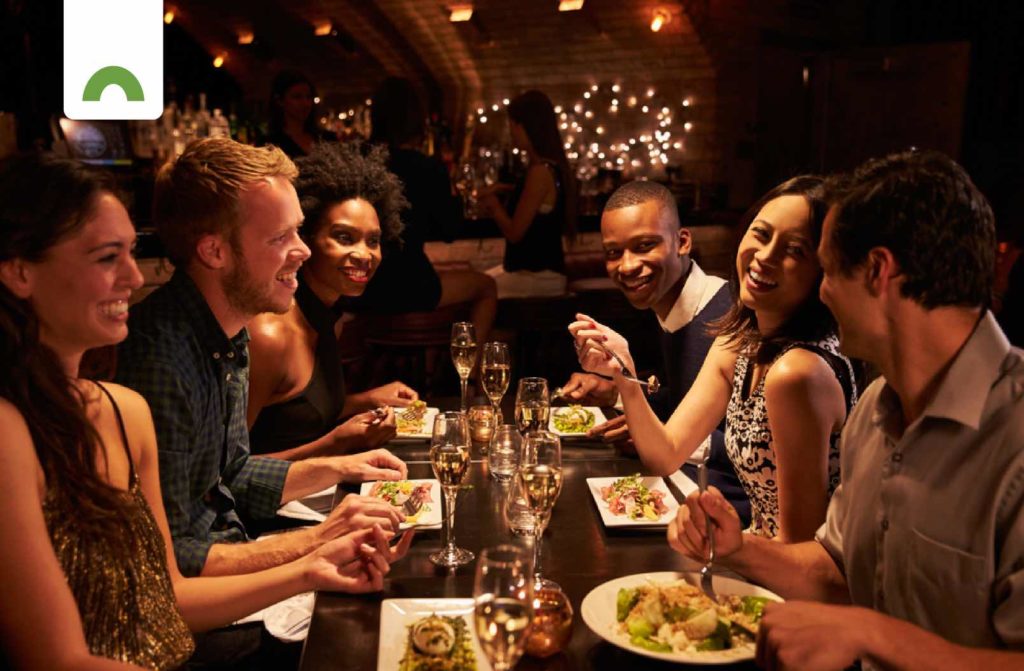What is that special something extra that differentiates your offering from the rest?
While demand has increased following the easing of COVID-19 travel restrictions, competition in the industry remains stiff. Let’s take another look at personalisation to understand its value and how you can incorporate it as a strategy.
Why?
It’s the antidote to one-size-fits-all. Small touches to create something unique to the individual create value and encourage your target customer to choose you over other, similar travel brands. Personalisation should be reflected throughout your communications, your service, the deals you offer, as well as the content you present to market those offers.
It’s important to determine what they want to see… The more detail and tighter the brief, the better, – Wild Frontiers Founder, Debbie Addison
It’s a competitive strategy: to offer something tailored and make the target customer feel that you care about their specific needs and preferences.
It also elevates your offering above what a DIY traveller can achieve – using your expertise and product knowledge, you’re translating what they want into an experience that exceeds whatever they imagined possible. This will keep your brand front-of-mind for the next trip.
Engage and communicate
Relationship-building is key to creating personalised travel experiences. Establish a meaningful connection with your customers: keep communications flowing before, during and after their trips, and take note of what you learn about them.
Rosewood Hotel Group in Hong Kong, for example, practices something called ‘relationship hospitality’ to keep guests engaged within their network – staff record pre-arrival information and collect data from guest reviews, using this information to personalise communications and special deals.
Use surveys to find out:
- your target customers’ travel budgets;
- when they prefer to travel and with whom;
- their top three vacation must-haves; and
- their top three concerns about travelling.
That way you don’t make any assumptions about what type of deals you pitch, and you don’t bombard them with offers at inopportune times. Instead, offer real added value as defined by them, and address their fears.
Targeted messaging
Once you understand the traveller, you can begin to craft a bespoke experience for them. They may be travelling solo, as a family (and mind what kind of family), or they may be empty-nesters, millennials, Gen Z, LGBTQ+ or digital nomads.
- Avoid mass communications with generic marketing content that treats all your target customers as if they are the same person. Make it personal and relevant – this will also improve engagement.
- Use the data collected from surveys, marketing mailers, and social media to determine what type of content you share with whom – whether it’s virtual tours or videos of activities that match their interests.
- When you engage with clients, make it clear that you will keep their data private and only use it to personalise their experience and offer relevant deals – this will also reassure and even incentivise them to share their information with you.
- Bonus: you’ll be able to target your spending on marketing because you’re tailoring your advertising with the right messaging and offers to the right client at the right time.
- Ensure that staff members most likely to deal directly with clients have access to the collected information, so that all interactions and conversations remain consistent.
Serving customers with timely and relevant travel content allows them to feel in control of what messages they receive while encouraging interactions that drive sales. – Phocuswire
The personal touch
The opportunity to propose a tailored experience is also an opportunity to educate your clients – after all, you’re the expert with inside knowledge about your destinations and experience.
- Find out what they know about the destination you sell, then fill in the gaps. For example, people outside Africa may associate the continent with safari and not much else, but if you know what they’re interested in, you can tailor your marketing content to speak to those interests. Educate them about local culture, history, food, nightlife and entertainment options, viticulture, adventure, shopping and casinos.
- Learn about their travel concerns, then use your messaging to dispel misconceptions and highlight realities, whether it’s about safety for solo or LGBTQ+ travellers, about local COVID-19 regulations, or weather conditions.
- Provide new visitors to a destination with logistical information and the best time of year for the kind of trip they want to do.
- If it’s luxury they want, connect them with Meet and Greet, chauffeur or private transfer services, local guides that speak their language, and the services of a butler, concierge, or private chef.
- Provide options like interconnecting rooms, workspaces for digital nomads, and dining options for different dietary preferences.
- Have their favourite flowers, fruit, snacks, vegan treats, beverages, etc. waiting for them; sweets if they travel with kids, or pet treats for their furbabies.
- Enhance their welcome with gifts like toiletries or vouchers, their preferred room temperature and lighting, even monogrammed linens or towels.
- Recommend restaurants, local events, excursions to match their preferences.
This seamless personal attention to detail will take your service to a higher level and make the client feel special. It will give you the competitive edge to attract new business and keep your existing clients loyal.


Would you like to share your thoughts?
Your email address will not be published. Required fields are marked *